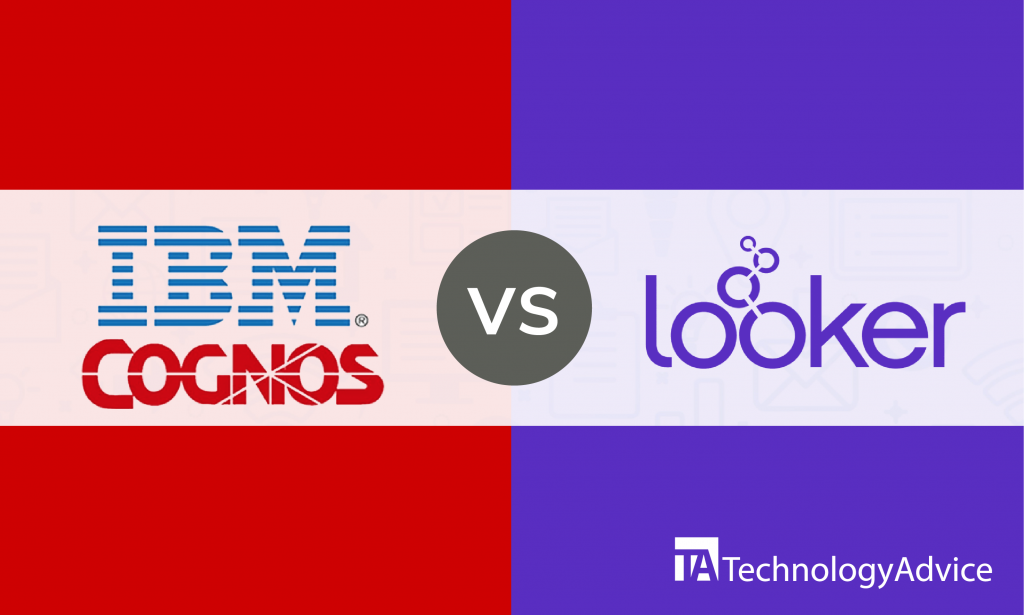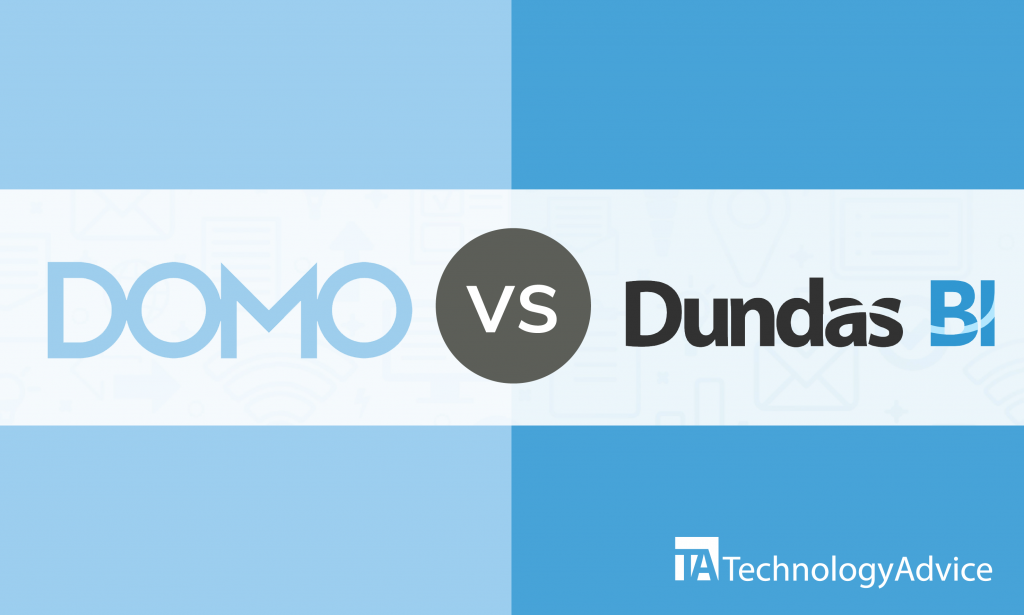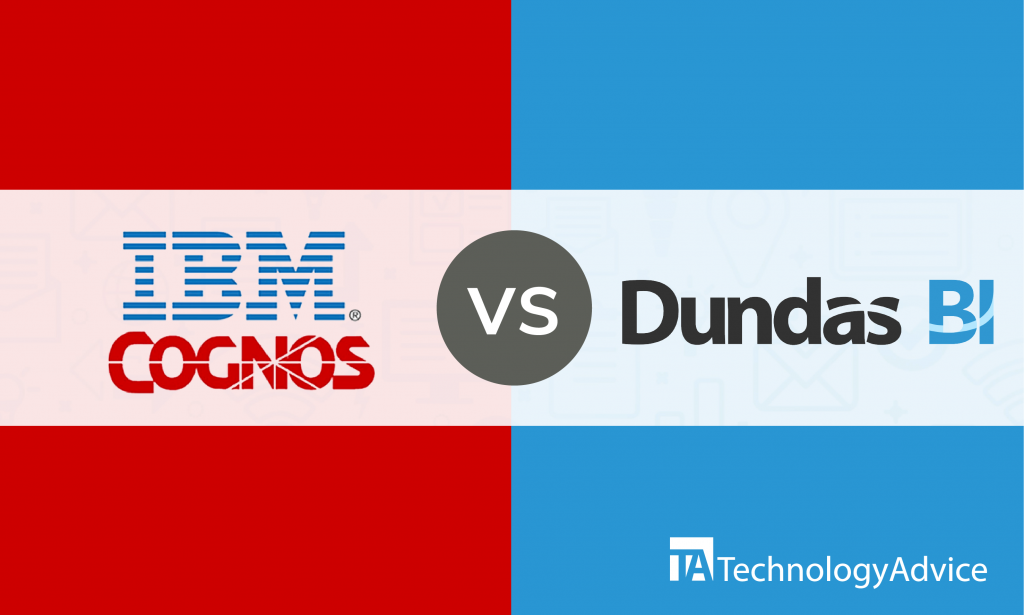The need for business intelligence tools is growing each year. These tools are often used by companies to gather and collect data from different sources where they can view it on a single dashboard.
When it comes to business intelligence tools, Tableau and Microstrategy are known for their intuitive data collecting features. Both of these programs work best when delivering a detailed picture of the data they’ve received. However, while there are some similarities in their integrations, there are aspects of each software that are different.
Tableau and Microstrategy both have data visualization tools that help their users access and interpret data however they want. However, if you look closely at their integrations, you’ll see they both have numerous features that provide different business solutions.
If you’re still undecided on what kind of business intelligence tool you need for your company, don’t worry. We’re here to help you decide on what type of business intelligence software that best fits your company. Use our Product Selection Tool to receive 5 BI software suggestions for free.
Target customers
Tableau and Microstrategy work best on small, mid-size, and enterprise-level companies. Their business intelligence capabilities can handle data for companies of all sizes; this is made possible by the various features each software provides.
While it’s true these software options can support companies of all sizes, Tableau has a slight advantage over Microstrategy. It has plans specifically designed for freelancers. Tableau’s data analysis tools allow anyone with any level of experience to analyze and understand data.
Support options
Both business intelligence tools have support options that allow their users to look for solutions online. From video tutorials to phone support, each program has a development support system that trains new users and helps find answers to any problem. The support tools also allow navigation and the ability to seek help when you’re lost.
Available support tools from Tableau and Microstrategy
- Online Video tutorials
- Online Customer Support
- Phone Support
- Knowledge Base
Pricing and deployment options
When it comes to pricing and deployment, each program has several rates and flexible plans. Both Tableau and Microstrategy have subscription-based pricing depending on the package you purchase. They also offer a free trial period for you to try out their product and check whether their product is the best fit for your company.
Microstrategy packages
- Web Package
- Mobile Package
- Architect Package
- Server Package
Tableau packages
- Tableau Viewer
- Tableau Explorer
- Tableau Creator
Similar BI Tools for Tableau vs. Microstrategy
At a glance, Tableau and Microstrategy may look like they have distinct features. While this is true in some aspects, their functions are not entirely different. Here are some features that both Tableau and Microstrategy share.
Read also: Alteryx vs. Tableau: Working Together
Data filtering
Both Tableau and Microstrategy offer a data filtering feature that allows its users to customize the type of data they want to see. With this feature, you can choose a smaller part of data from a significant source that you can collect and process. Using this feature allows you to get detailed and accurate data from a list of different groups.
Tableau focuses on data cleaning — filtering out undesirable data for analysis. Data cleaning creates an accurate picture of your data because it removes unnecessary data from your process sheets. On the other hand, Microstrategy’s data filtering feature allows its users to display multiple results from different sources.
Real-time analytics
Tableau’s real-time analytics tools allow users to connect to multiple data sources easily. The tool focuses on sharing live data to your employees in charge of reporting the processed data. Users can view up-to-date data on their personal computers and their mobile phones for quick access.
Microstrategy’s real-time analytics tool allows its users to gather and handle large amounts of data. The more data they’ve collected, the easier it is to visualize new and essential data. Just like Tableau, Microstrategy’s real-time analytics tool is also available on mobile.
Choosing between Tableau vs. Microstrategy
Now that you’ve looked through the different features of Tableau and Microstrategy, it’s time to choose which business intelligence tool will be the best fit for your business. If you find both devices appealing, you can always use both. Their integrations and features complement each other in a way that each business intelligence tool fills the gap of the other.
For more recommendations, check out our other business intelligence tools on our website.





